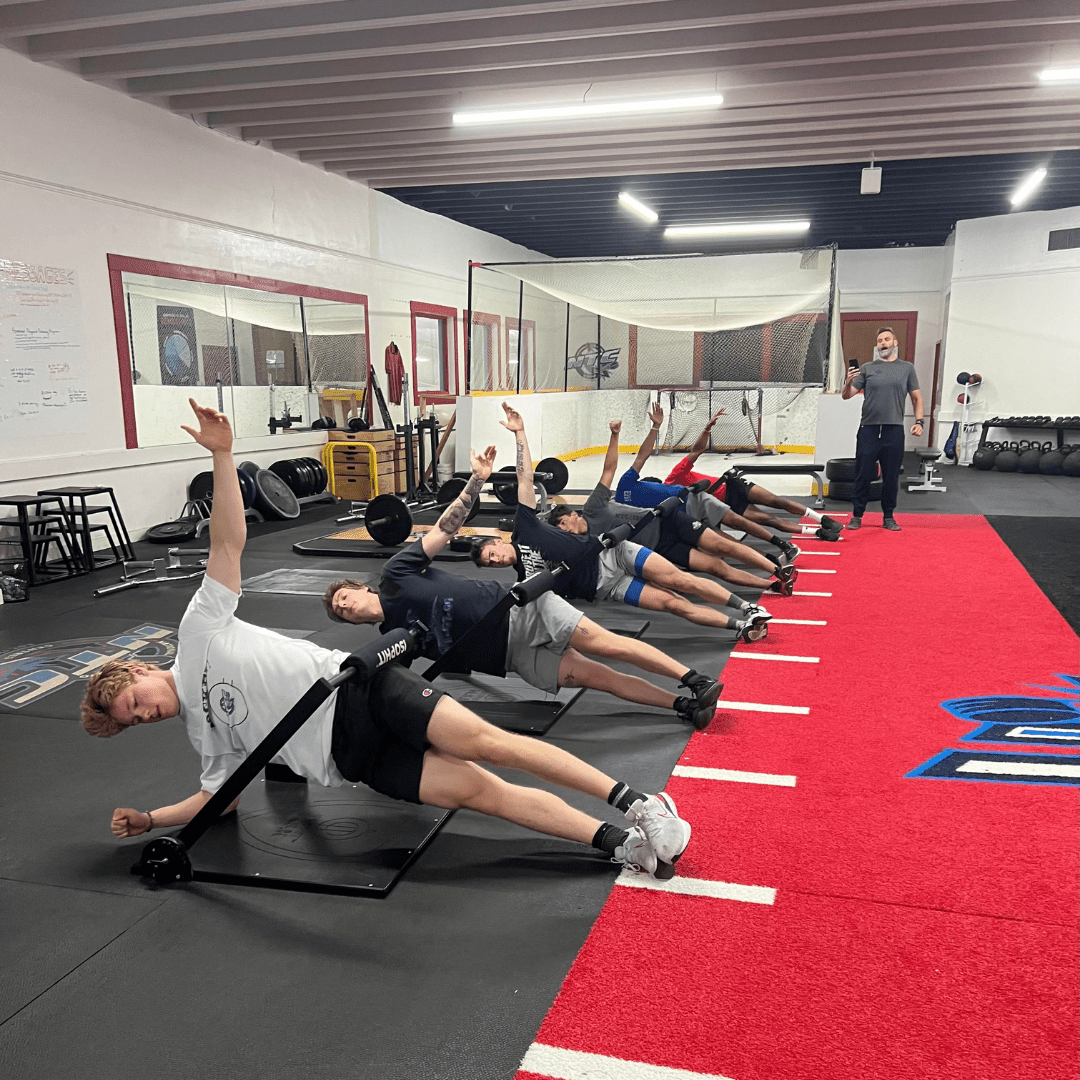Isometric strength plays a critical role in power production, providing a foundation for force generation and dynamic performance. The 1984 study by Duchateau and Hainaut, Isometric or Dynamic Training: Differential Effects on Mechanical Properties of a Human Muscle, offers valuable insights into how isometric and dynamic training differently influence muscle properties and power.
Key Findings: Isometric vs. Dynamic Training
Isometric training involves static contractions without joint movement. In this study, participants performed 10 daily isometric contractions of 5 seconds each. Dynamic training involved 10 daily series of 10 fast contractions with a load equal to one-third of maximal strength. Both methods improved muscle properties, but their effects were distinct:
-
Maximal Tetanic Tension (Force Production):
Isometric training led to a 20% increase in maximal tetanic tension compared to 11% with dynamic training, highlighting its superior ability to enhance absolute strength. -
Maximal Muscle Power:
Isometric training resulted in a 51% increase in maximal power, significantly outperforming the 19% increase from dynamic exercises. This improvement shifted peak power output toward heavier loads, making isometric training especially valuable for high-force tasks. -
Neuromuscular Efficiency:
Isometric exercises improved rates of twitch tension development (20%) and relaxation (12%), enhancing the muscle's responsiveness and efficiency without altering contraction speed. This indicates isometric training’s superiority in improving the rate of force development (RFD), which is crucial for explosive movements.
Why Isometric Strength Matters for Power
Power is the product of force and velocity. Isometric training enhances force capacity, providing a foundation for dynamic movements. Key benefits include:
- Baseline Strength Development: High levels of isometric force enable greater power expression during dynamic exercises.
- Performance Under Heavy Loads: Isometric training shifts the force-velocity relationship, allowing athletes to sustain power at heavier resistances.
- Improved Neuromuscular Coordination: Faster twitch and relaxation rates enhance force application during explosive movements.
Applications for Training
Isometric training can benefit athletes aiming to maximize power:
- Strengthening Weak Points: Isometric holds at specific angles improve strength in challenging phases of a movement, such as the sticking point in a squat or bench press.
- Building Explosiveness: Enhancing force capacity with isometric exercises prepares muscles for dynamic, high-velocity tasks.
- Rehabilitation: Isometric exercises are effective for maintaining strength and power during injury recovery.
Duchateau and Hainaut’s study highlights the complementary roles of isometric and dynamic training. While dynamic training has its benefits, isometric exercises uniquely improve force capacity, power output, and RFD. Incorporating isometric modalities into training programs can help athletes optimize power production and overall performance.
At Isophit, we help the world’s strongest, fastest, and most gifted athletes—and everyday people—win more, hurt less, and age stronger.
Order your Isophit today at www.isophit.com, and dominate your life tomorrow.





![5. 30inThirty™ Strength Series - [15 Printable Programs] - Isophit](http://www.isophit.com/cdn/shop/files/5-30inthirty-strength-series-15-printable-programs-433761.png?v=1728497641&width=1080)




Share:
Rethinking Force Development: Why Strength Coaches Should Consider Isometric Training
Is Forced Dorsi Flexion Fueling the Achilles Tendon Rupture Epidemic?